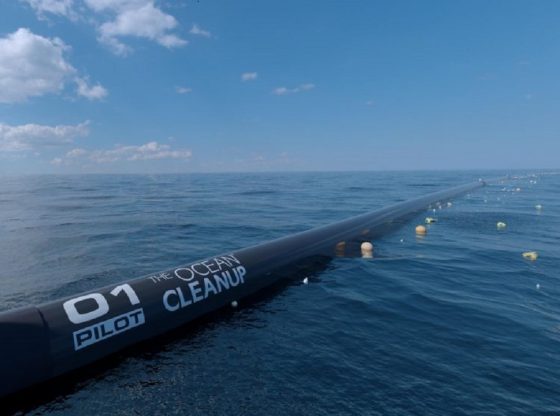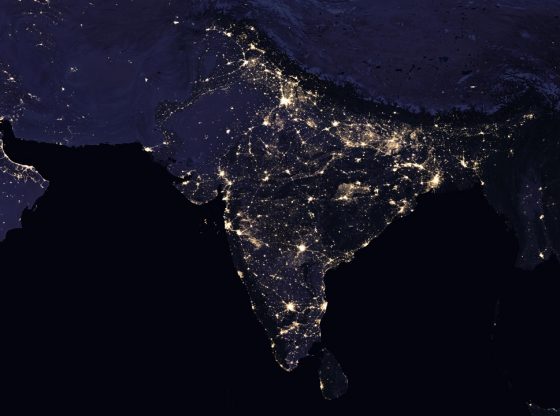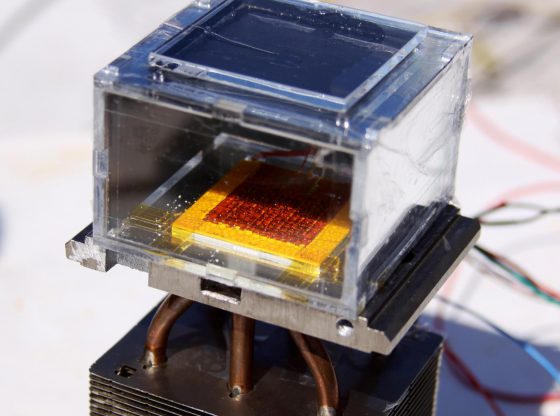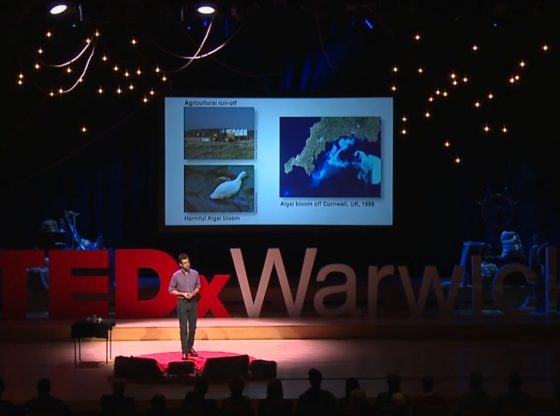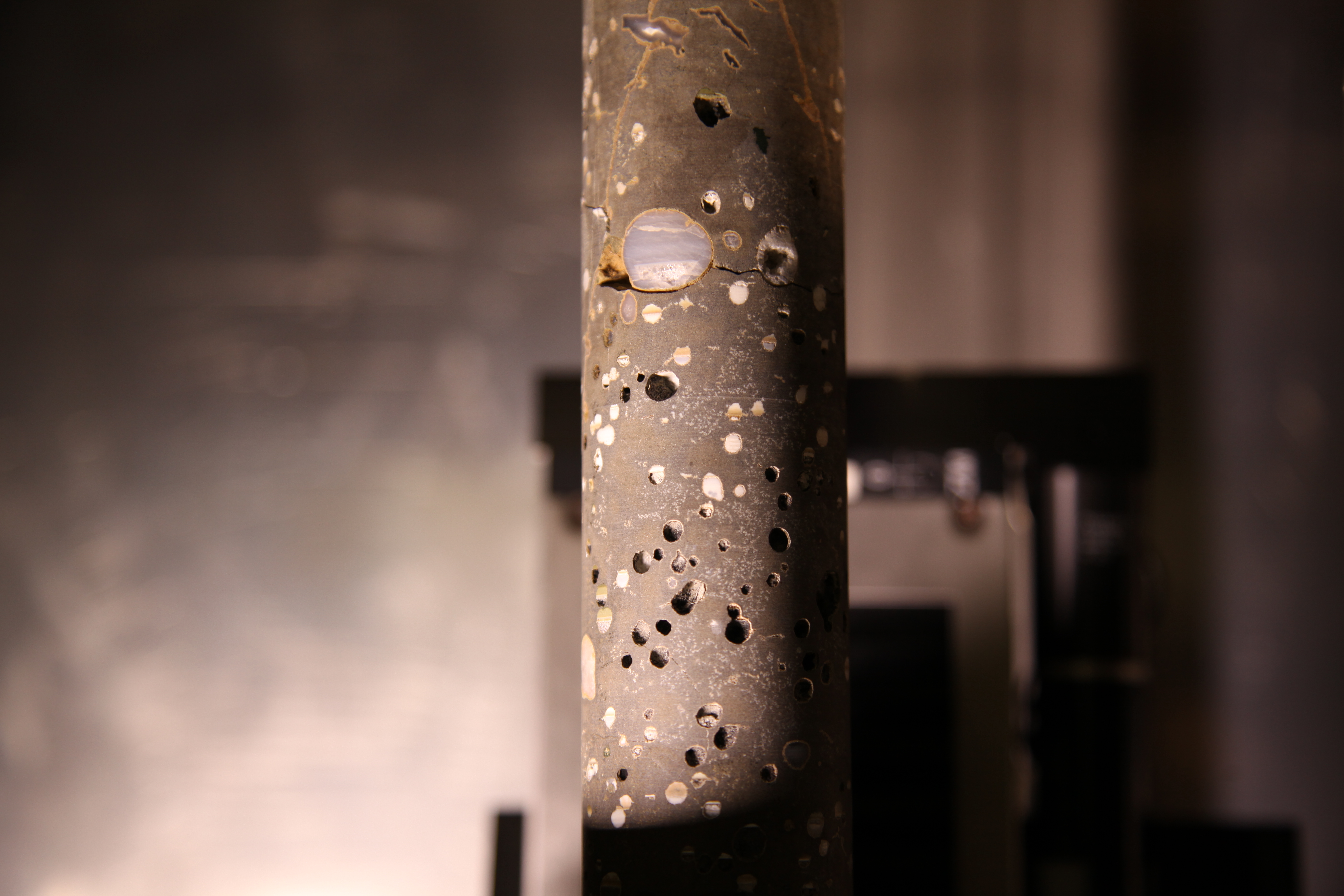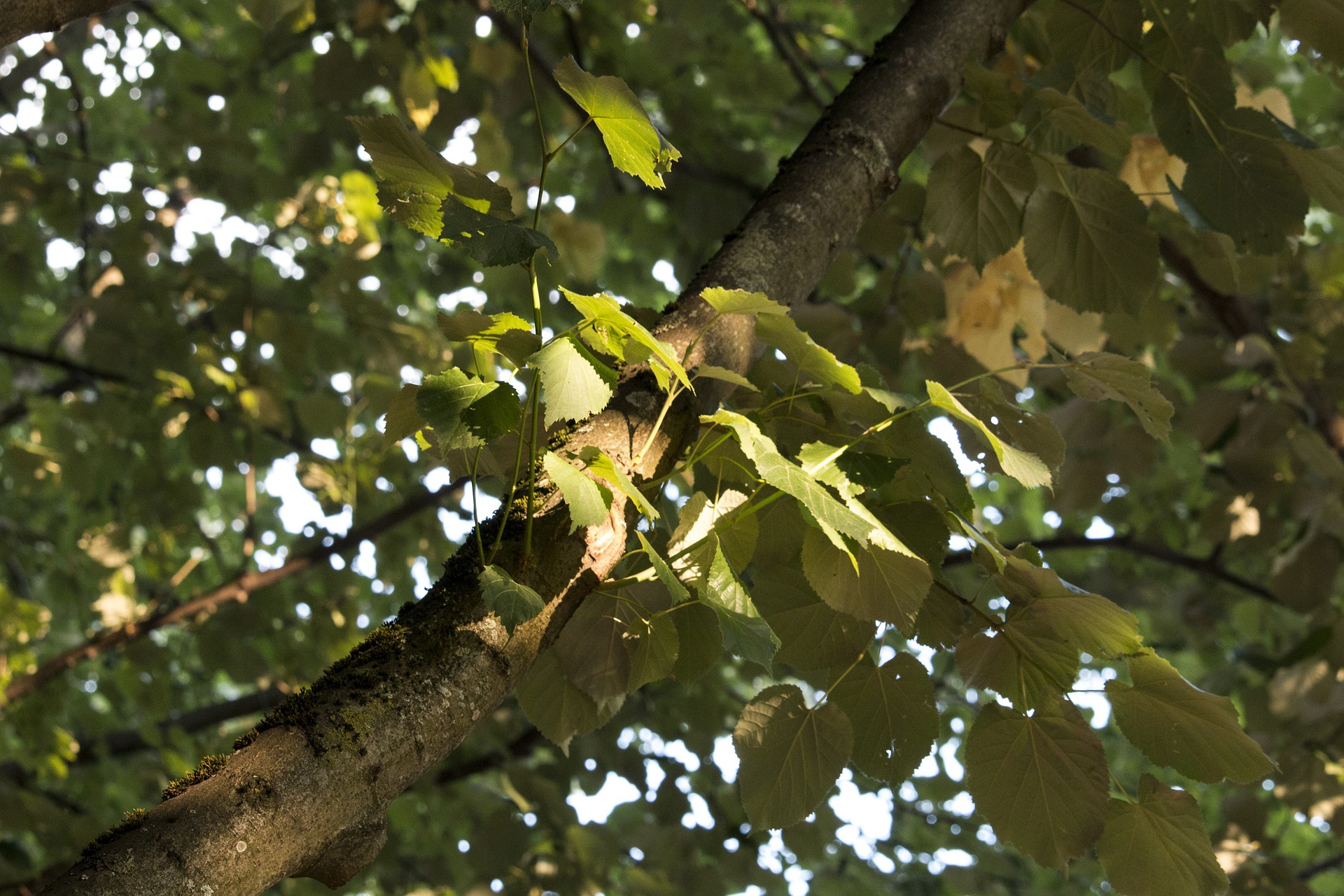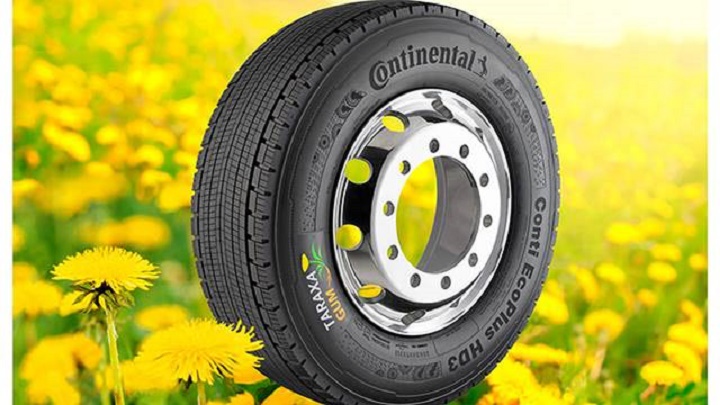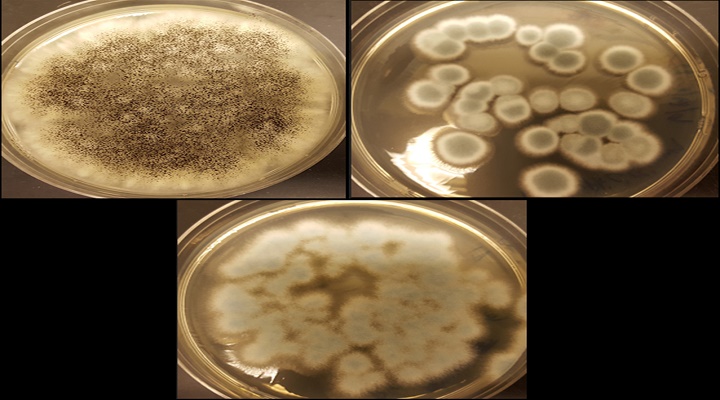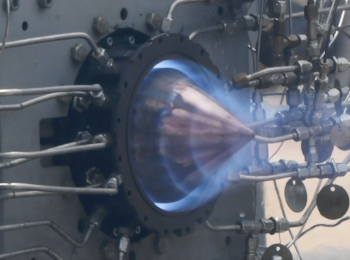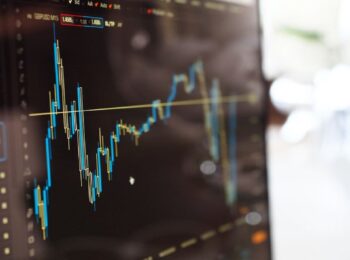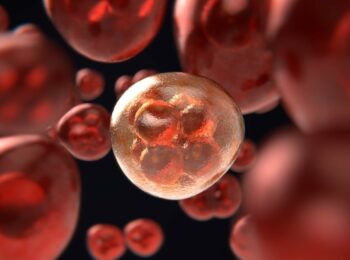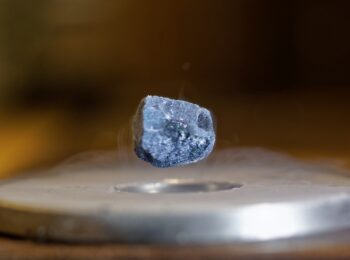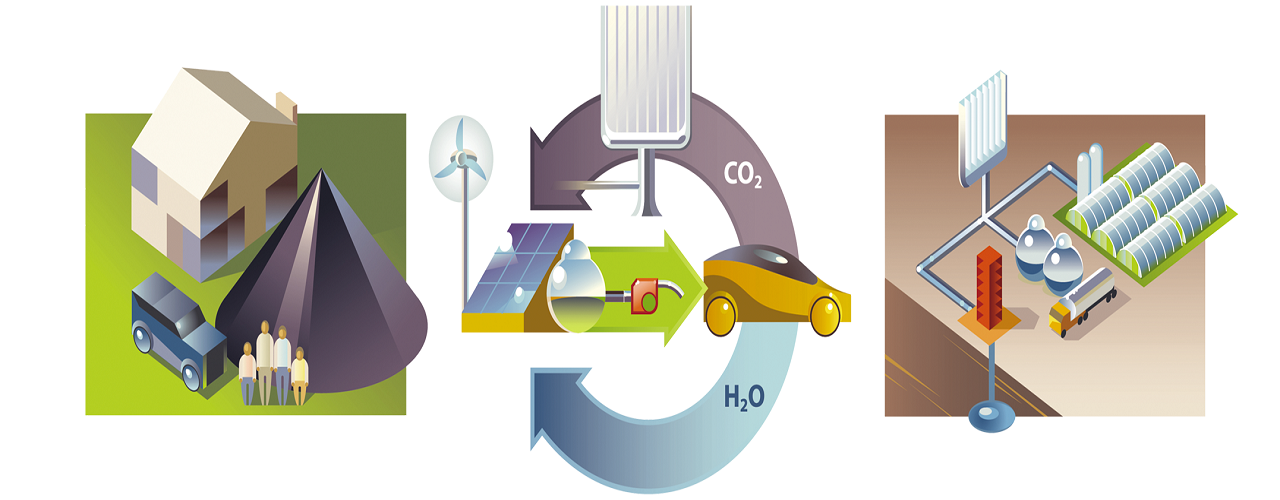
Capturing carbon dioxide has long been a controversial alternative to slow climate change. But a newly developed method is able to capture carbon dioxide and fertilize algae cultivation with it.
Developed by U.S scientist Klaus Lackner and his colleague Allen Wright at the Arizona State University, they have made a prototype that looks like plastic strips mounted on large panels, able to absorb carbon dioxide from the air. To be completed in about a year, the device will capture carbon dioxide and feed an adjacent seaweed cultivation.
In 2008 already, Lackner revealed his “mechanical tree,” a device that we have written about previously, it captures carbon from the ambient air in a washable filter, eliminating the need for an expensive pump.
Many scientists agree that we actually need to absorb carbon dioxide from the atmosphere to slow the warming of the Earth, that reducing our emissions won’t be enough. But even if there is much research into how this would be possible, no perfect solution isn’t available yet.
A relatively established solution is to clean emissions directly from coal plants, for example. But this it is probably too inefficient and expensive to equip old power station with this scrubber technology.
The technology developed by Lackner instead sets its sight on capturing emissions from transportation, from aviation, boats and also agriculture.
Lackner’s device can collect a ton of carbon dioxide per day. But to have a real effect, it would require millions of units. The plan is to mass produce it for use by both large and small operators. Economies of scale should bring down the cost to about $ 30 per ton of captured carbon dioxide, Lackner claims.
Some can be financed using carbon dioxide in the industry, for example, to feed algae. But much of the carbon dioxide would need to be stored below ground, which is also an expensive process.
According to Klaus Lackner, the world governments need to treat and classify carbon dioxide as a waste product. Emitters of CO2 should also pay for it to be captured again. In economics lingo, to essentially internalize the externality.
____________
Center for Negative Carbon Emissions at Arizona State
________________________

